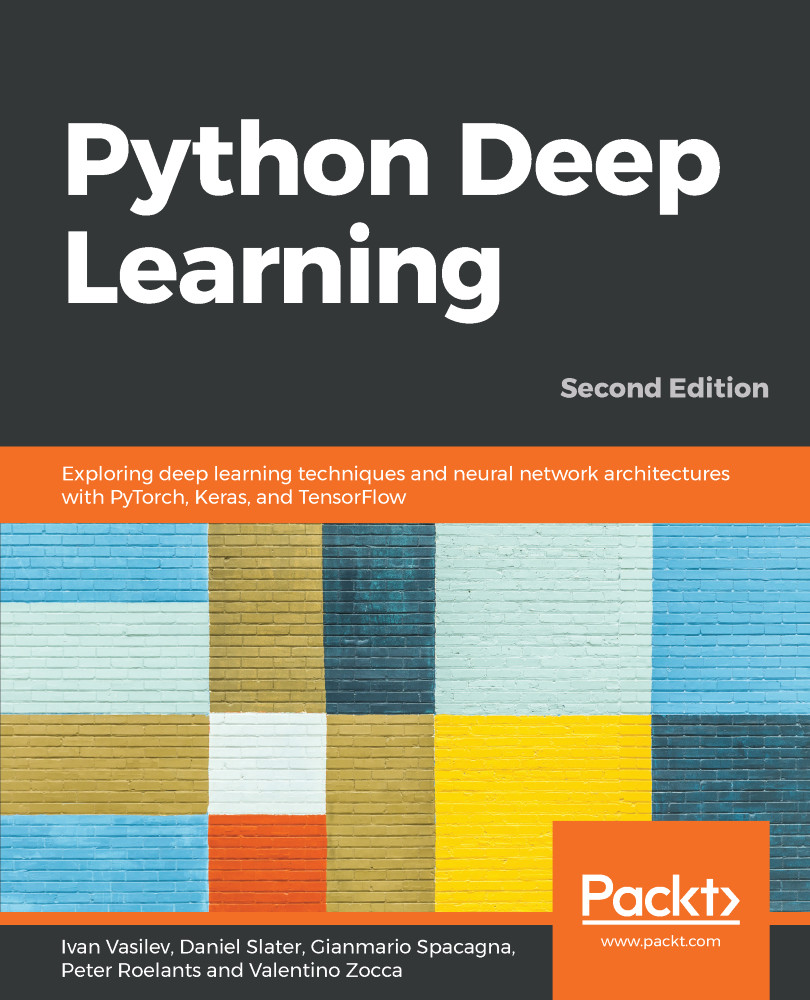In Chapter 2, Neural Networks, and Chapter 3, Deep Learning Fundamentals, we set high expectations of deep learning and computer vision. First, we mentioned the ImageNet competition, and then we talked about some of its exciting real-world applications, such as semi-autonomous cars. In this chapter, and the next two chapters, it's time to deliver on those expectations.
Vision is arguably the most important human sense. We rely on it for almost any action we take. But image recognition has (and in some ways still is), for the longest time, been one of the most difficult problems in computer science. Historically, it's been very difficult to explain to a machine what features make up a specified object, and how to detect them. But, as we've seen, in deep learning the neural network can learn those features by itself.
In...


